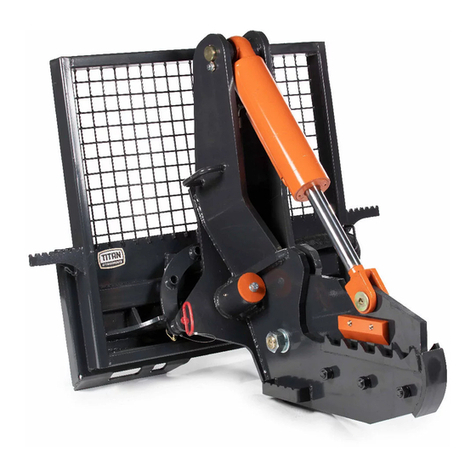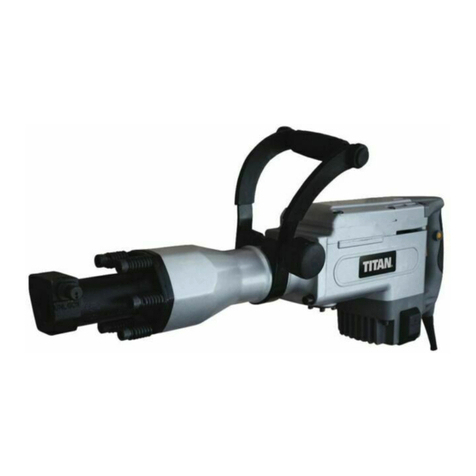Titan TTI882MLT User manual
Other Titan Power Tools manuals
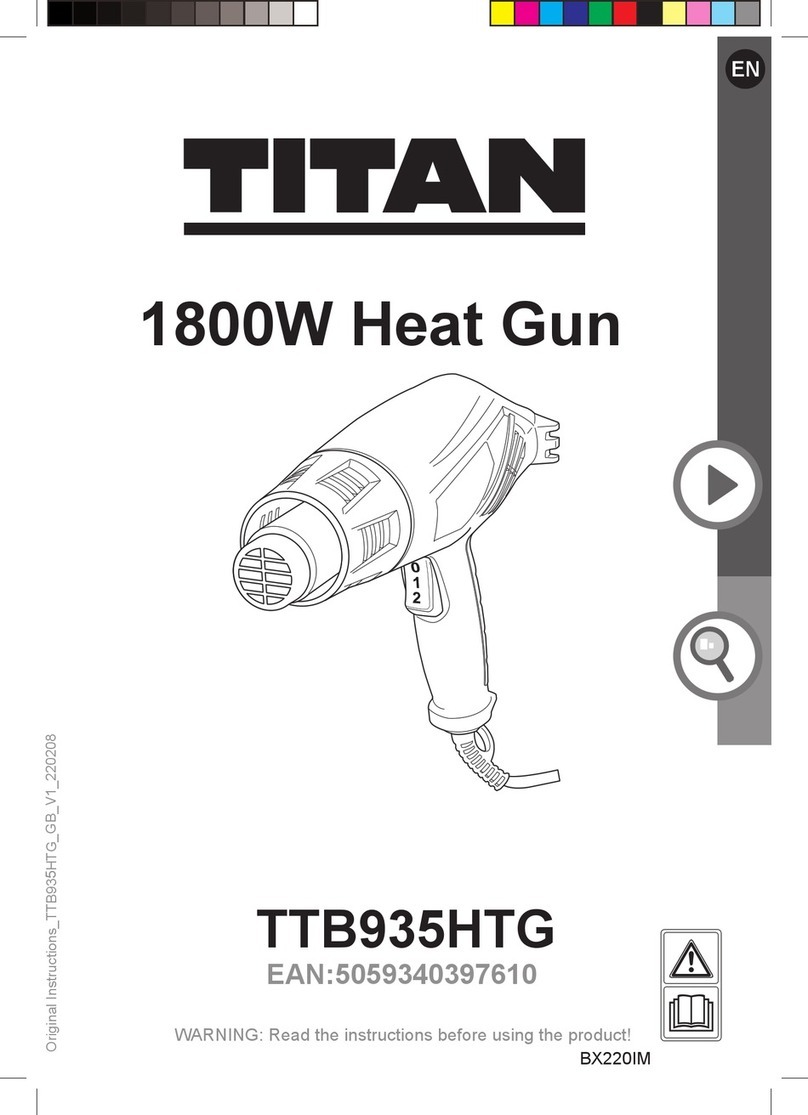
Titan
Titan TTB935HTG User manual
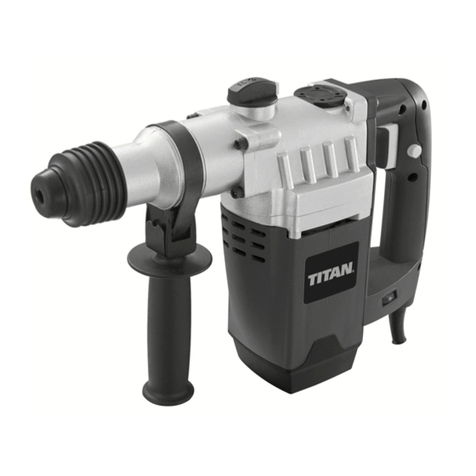
Titan
Titan SF1022 Installation manual
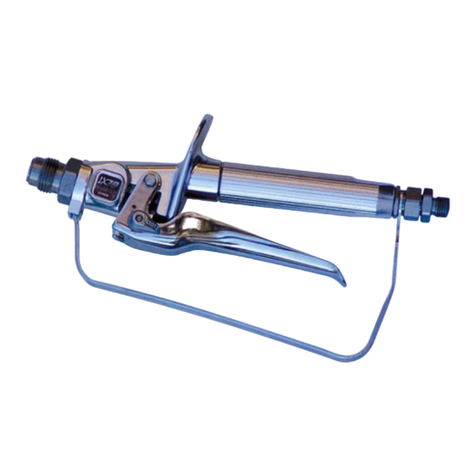
Titan
Titan LX-70 User manual

Titan
Titan TTI866JSW User manual

Titan
Titan TTB285JSW User manual
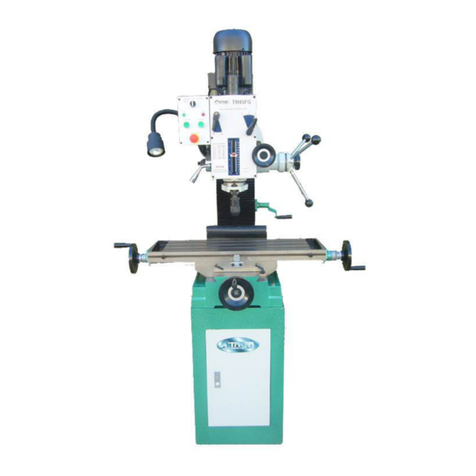
Titan
Titan TM45FG User manual

Titan
Titan TT5MTP26-2 User manual

Titan
Titan CAPSpray 0524000 User manual
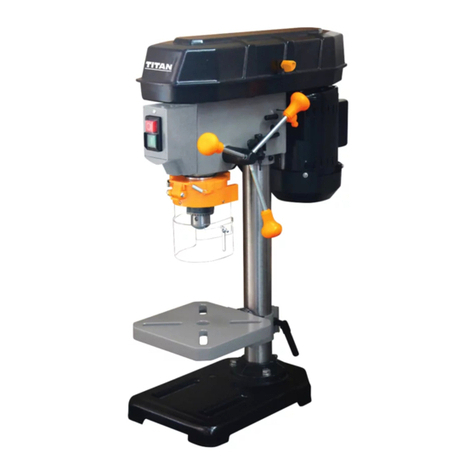
Titan
Titan TTB924DBT User manual

Titan
Titan PR 33 User manual
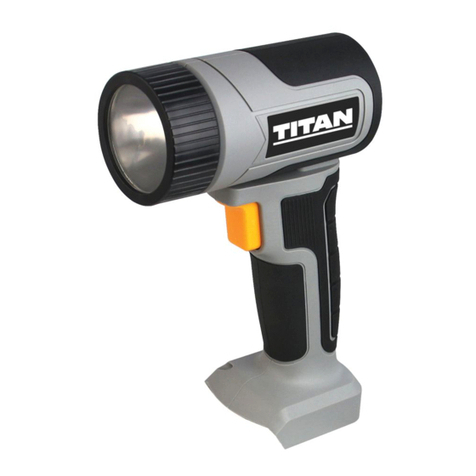
Titan
Titan TTI913TOR User manual
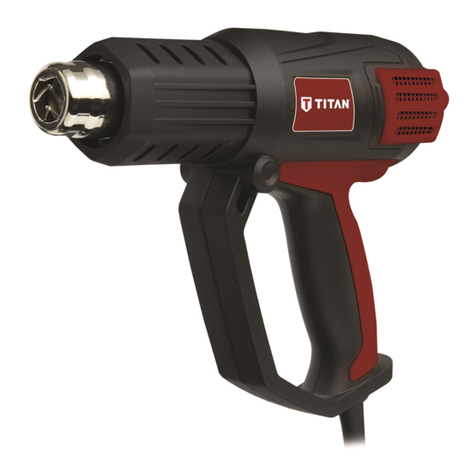
Titan
Titan Pro V55 User manual
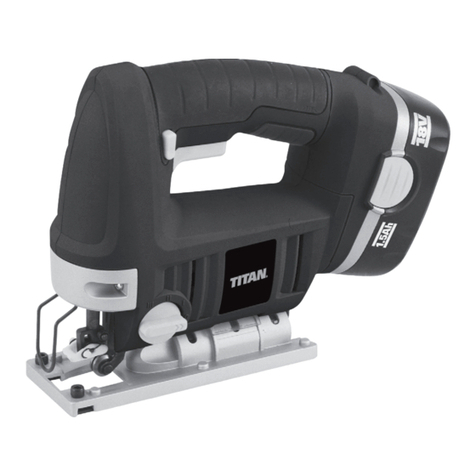
Titan
Titan SF2843 Installation manual

Titan
Titan TTB284HTG Installation manual

Titan
Titan TTK587GD0 Installation manual
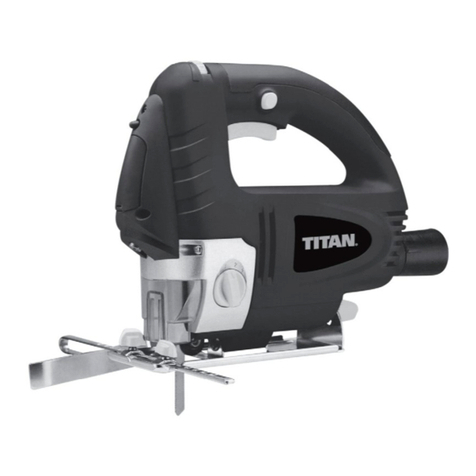
Titan
Titan SF800XPL Installation manual
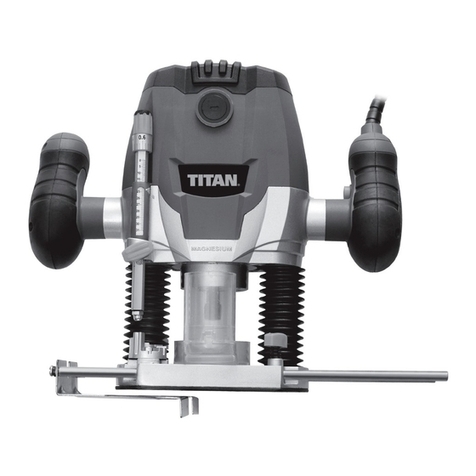
Titan
Titan TTB591ROU Installation manual
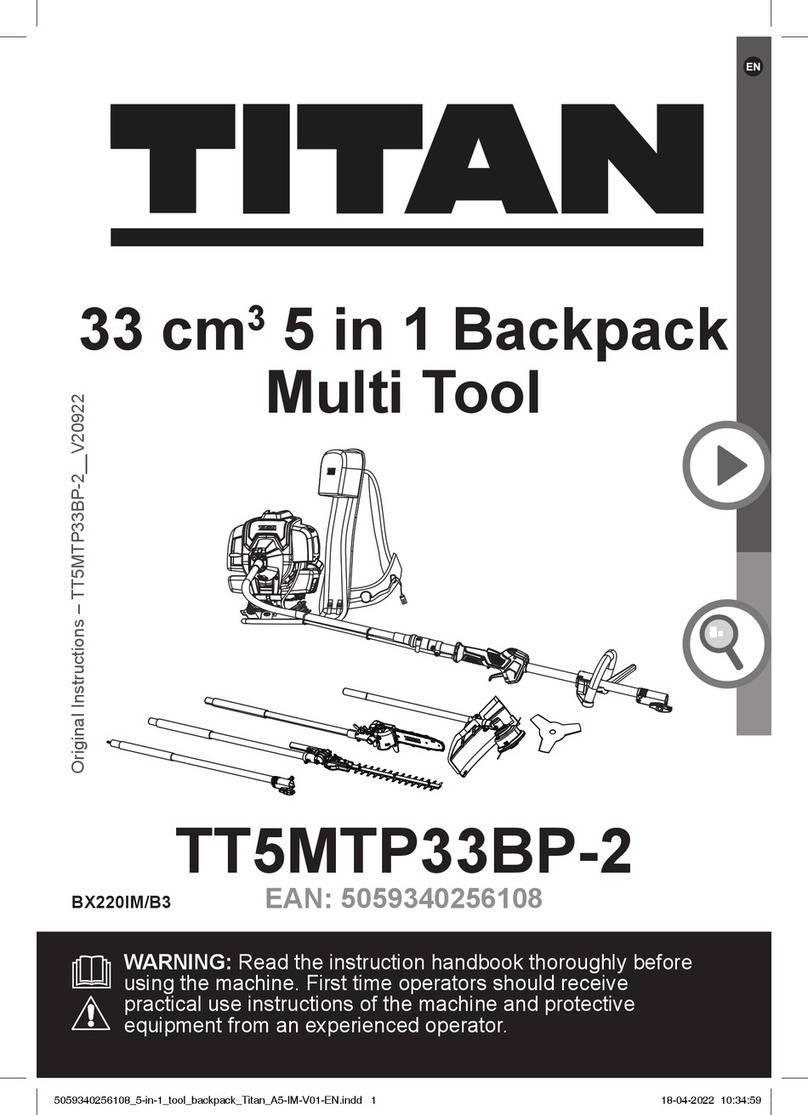
Titan
Titan TT5MTP33BP-2 User manual
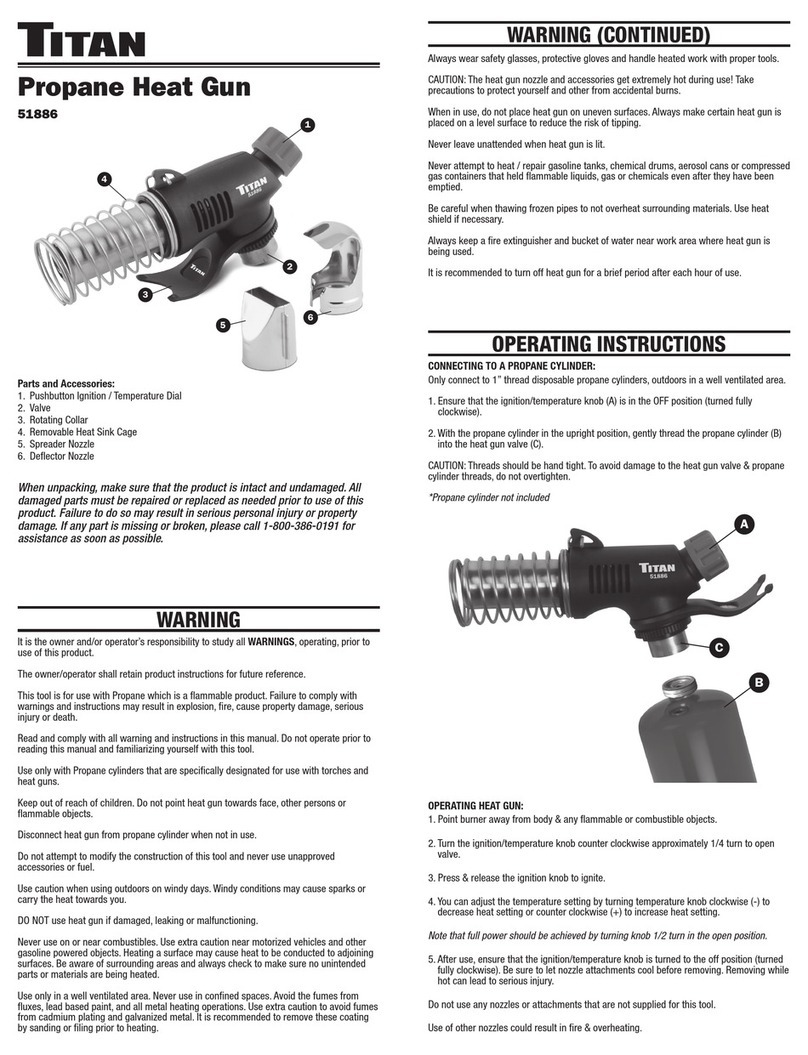
Titan
Titan 51886 User manual
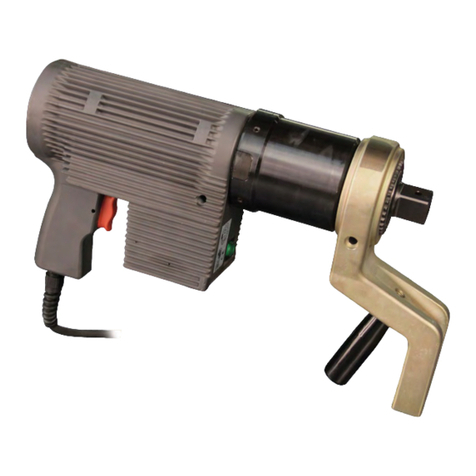
Titan
Titan EHS User manual
